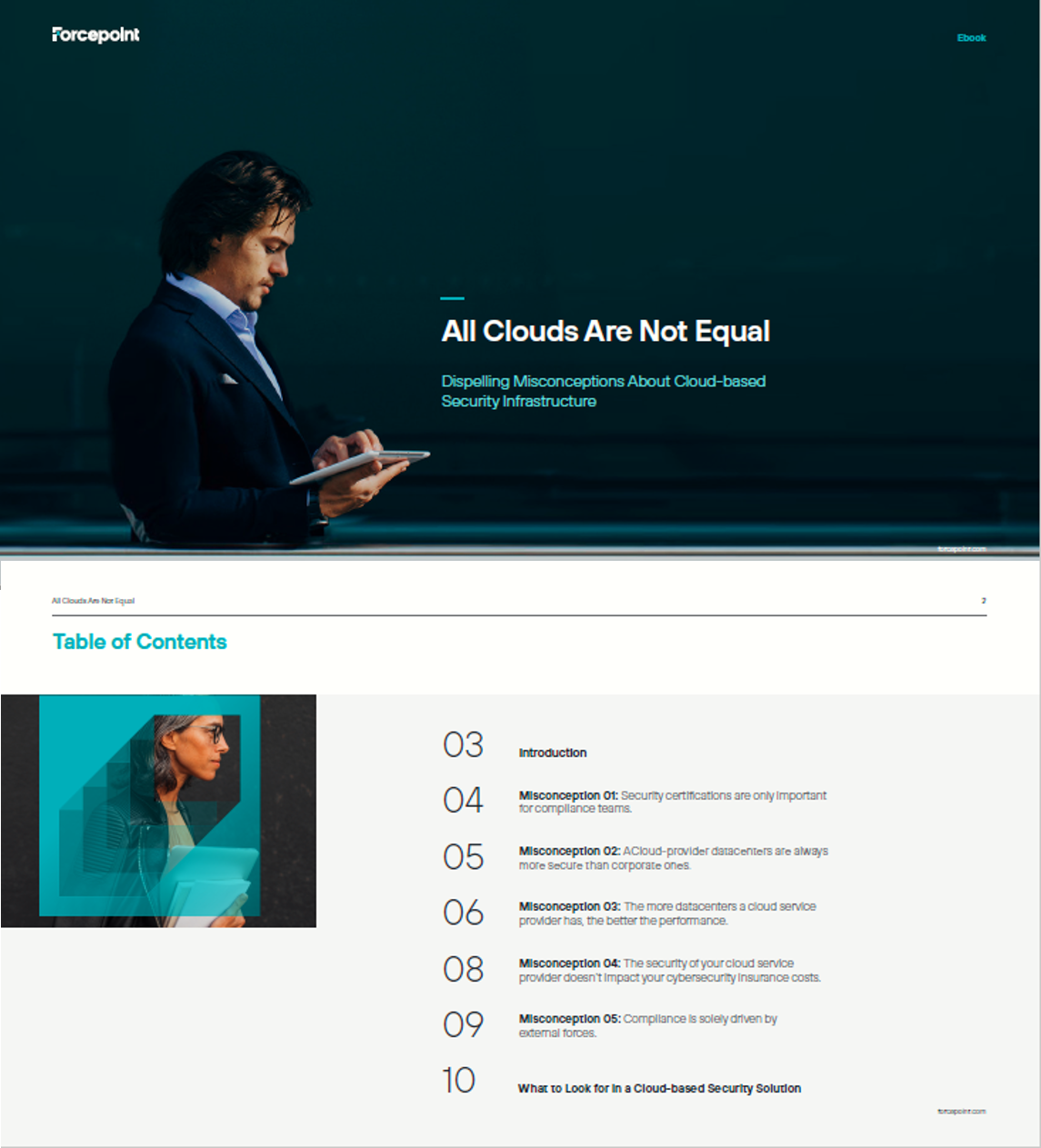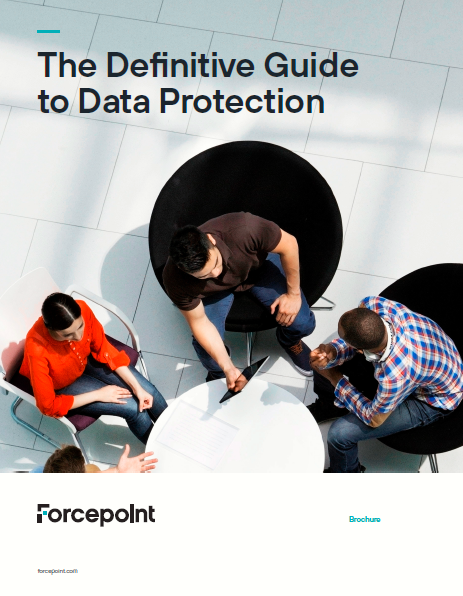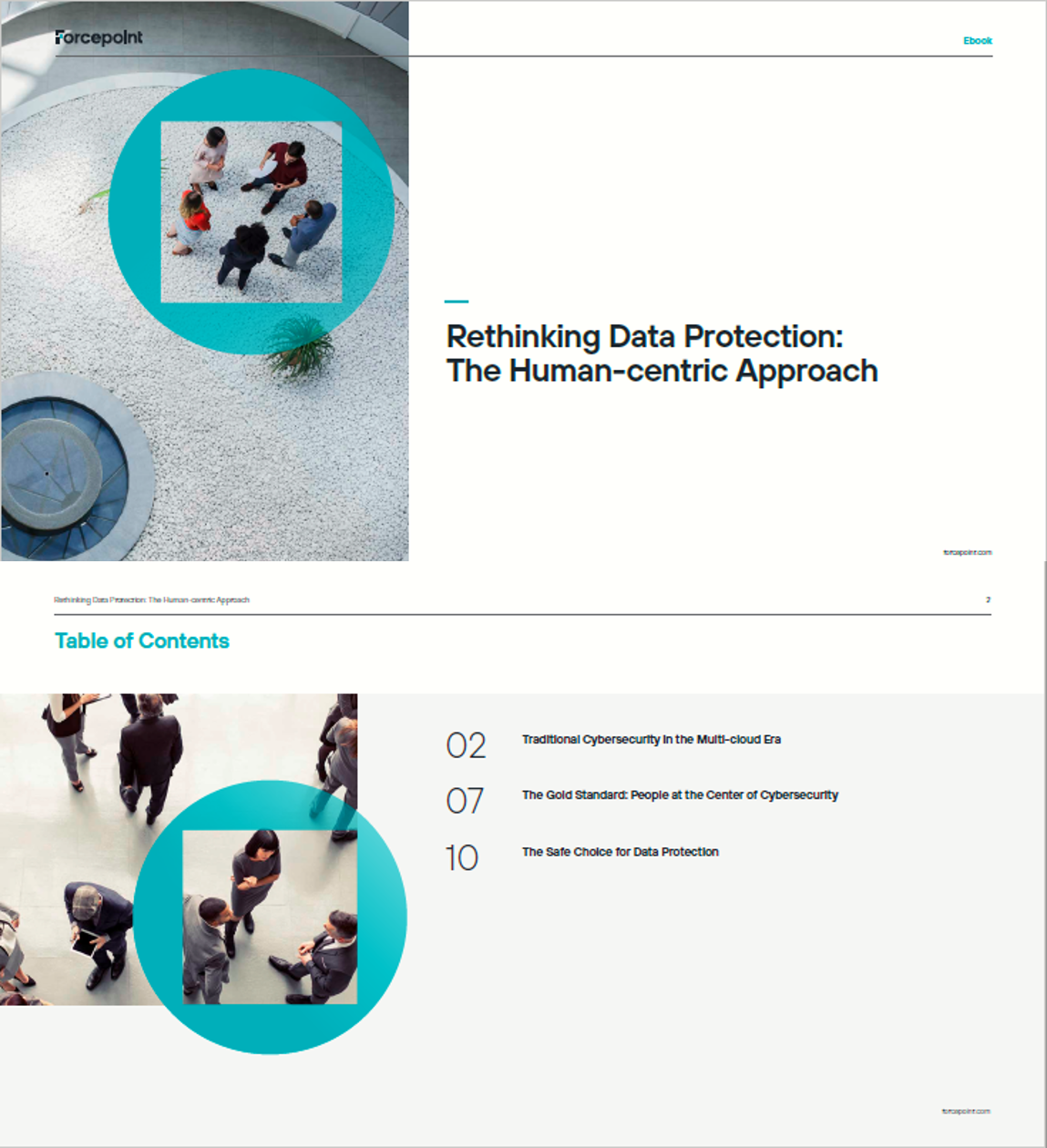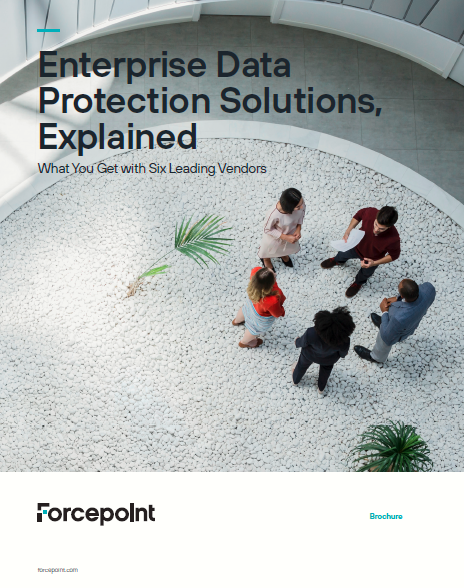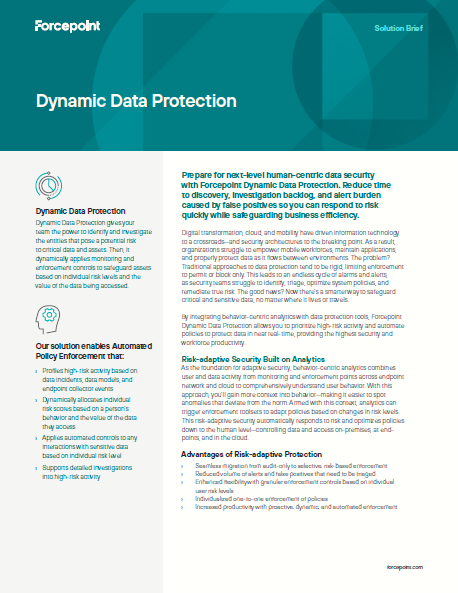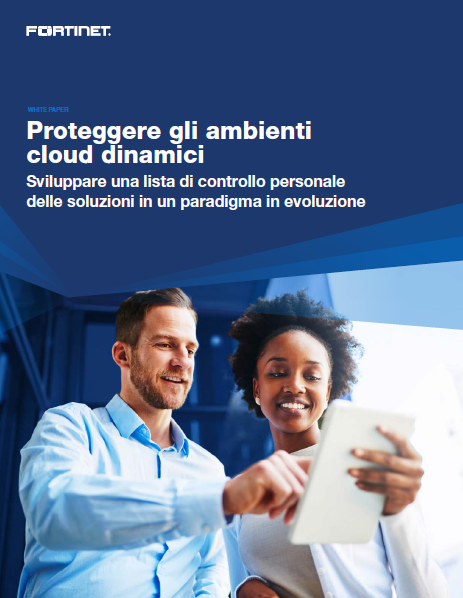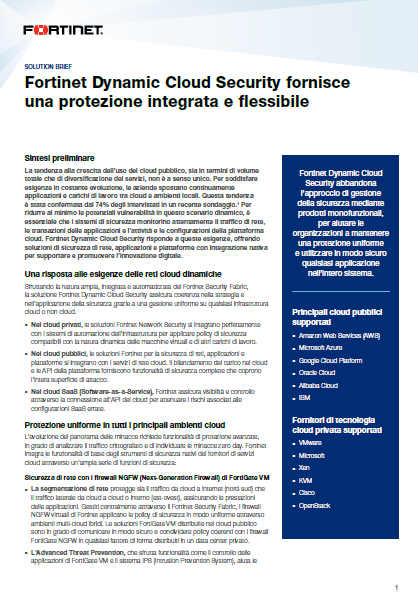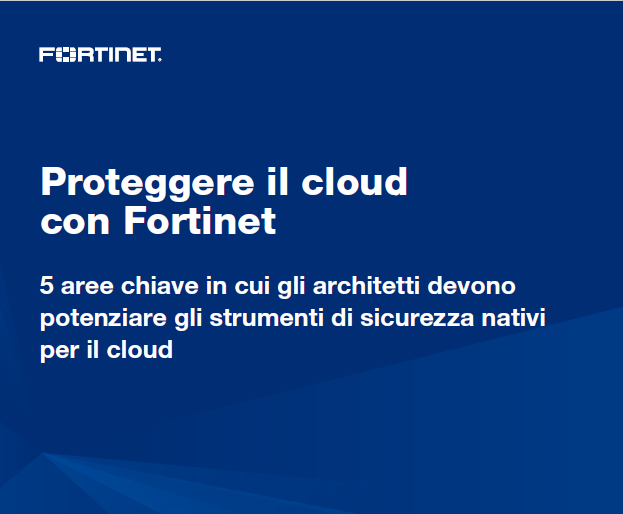Cloud Security: A Buyer’s Guide
Evaluation Criteria: What to Look For in Your Solution: As with any technology, cloud security vendors tout a wide range of attributes and features. It’s often hard to distinguish between what’s worth considering and what’s simply noise. Here are 13 points to keep top-of-mind while evaluating solutions and determining the best fit for your organization.

